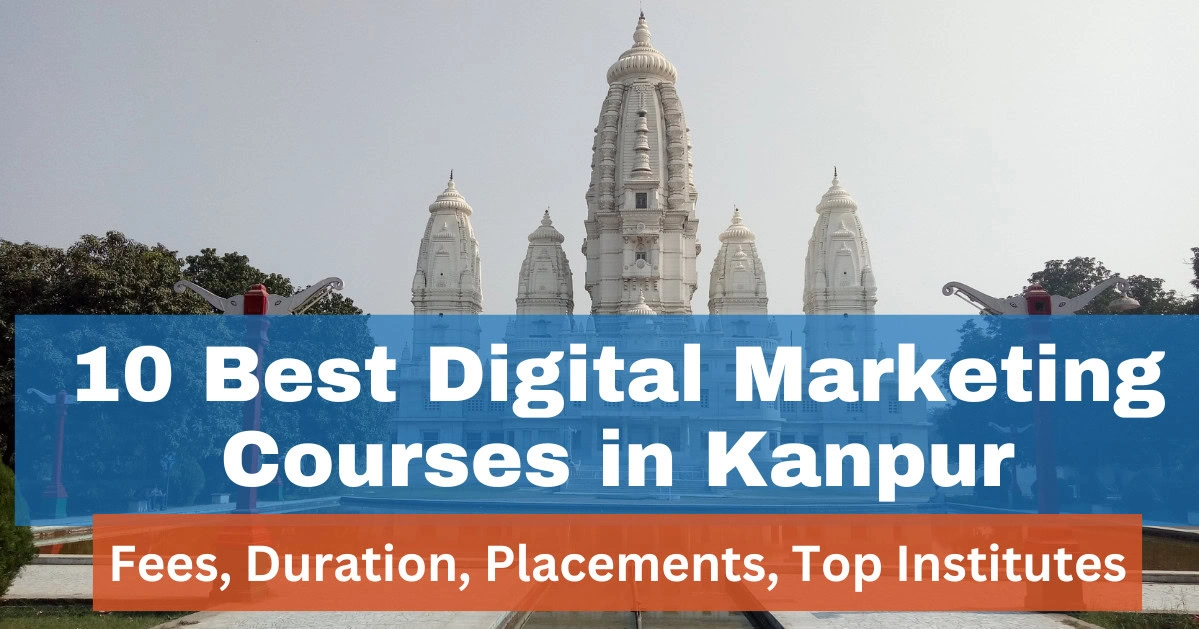It’s no doubt that typing everything you want to search for into a search query is tedious.
For instance, traditional text-based searches require you to uncomfortably ask others what they are wearing when you see a stranger rocking a pair of sneakers you like.
To find out what shoe someone is wearing seems like a lot of effort.
That is why text search is dying, like it or not. – And therefore, some of the biggest businesses pour vast amounts of money into developing Visual and Voice search technology.
Some stats that show why Visual & Voice search is the future of search are-
Around 52% of American people keep their voice-activated speakers in their living rooms while 25% keep them in their bedrooms and 22% keep them in their kitchens.
Also, 1 in 4 shoppers used voice assistants while doing holiday shopping during the 2017 season.
Google also suggests that 70+ % of people who own voice-activated speakers say that use of their devices is a part of their daily routines.
In the same manner, 600+ million visual searches on Pinterest every month. Also, 85+% of respondents put more importance on visual information than text information while shopping for clothing or furniture online.
Overall, voice and visual search are the future of search marketing and ads.
Let us delve into their world and understand the fundamental idiosyncrasies of future search trends-
What are the types of Searches going up?
Voice search lets users use their voice commands to search on the web, an app, or a website.
It incorporates open-domain keyword queries about any info on the web, for instance, Google Voice Search, Siri, Cortana, and Amazon Echo.
In contrast to text, visual search uses images as the search query. This is distinct from Google Images searches, where the text is still used to find the best match for an image.
Visual search turns the camera’s phone into a search engine. Based on the item, you can point to any object you like, take a picture, and receive search results. That technology is pretty powerful.
What is Voice Search
Voice search revolves around a speech recognition technology that enables users to search by saying terms instead of typing them. All in all, your voice input will help you search for anything on the web.
It can also be understood as a dialogue system that generally interacts and comprises different rounds of interactions.
Voice search is 3.7X faster than text searches. So, faster searches also ensure faster answers to users. That is why more people opt for voice search instead of typing keywords. Voice is also considered more effective for mobile searches.
As per stats, 27% of the global online population uses voice search on mobile.
Methods of Voice Search
3 of the most common methods of activating voice search are-
- You need to click on the voice command icon
- You can also call out the name of the virtual assistant
- You may click on the home button or gesture on the interface
Command to Activate the virtual assistant for Voice Search on different Devices
- Apple: Hey, Siri
- Google: OK, Google
- Amazon: Hey, Alexa
- Microsoft: Hey, Cortana
- Samsung: Hi, Bixby
What is visual search?
In contrast to text, visual search uses images as the search query.
This is distinct from Google Images searches, where the text is still used to find the best match for an image. Visual search turns the camera’s phone into a search engine.
Based on the item, you can point to any object you like, take a picture, and receive search results.
That technology is pretty powerful. And there are a host of different areas where it is possible to apply this technology.
Visual search has a lot of potential.
So why don’t we hear more about that, then? For which industries might visual search be used?
E-commerce and retail are the most prominent sectors. The clothes people wear become advertisements for walking. You snap away and get search results identifying the item and sales offers: a watch, a pair of shoes, or furniture in a building.
Another field that could be used for visual search is the travel industry. Imagine walking down Rome’s streets and no longer needing a tour guide. You aim your camera at a building with a visual search and immediately get all the data you need on when it was constructed, who built it, what it is used for today, and so on.
What are the top visual search platforms?
1. Pinterest Lens
Launched in February 2017, Pinterest Lens uses the camera linked to your Pinterest app to take images of objects and display similar pins to what you are taking a picture of.
In February 2018, Pinterest reported that 600 million visual searches took place monthly on its app, an increase of 140 percent year-over-year.
In its lens searches, the most popular categories are: fashion, home decor, art, food products, animals, outfits, beauty, vehicles, travel, and the most popular trend searches include: tattoos, nails, sunglasses, jeans, cats, wedding dress, plants, quilts, brownies, natural hair, according to Pinterest.
2. Google Lens
Google Lens was launched on October 4, 2017, but it only gave people access to a general visual search engine. Google said it was releasing Lens within Google Images on October 25, 2018.
3. Instagram Shopping
Instagram is also developing a visual search platform. The new feature allows people to click on a product that appears in an Instagram story while watching it, with over 400 million Instagram users viewing stories daily. Instagram hopes to penetrate the shopping market online in this way.
4. Amazon Rekognition
Amazon has made its visual search technology available to third parties for use rather than developing its visual search engine. The recognition platform allows other businesses to work with Amazon to link images to Amazon products on sale.
Amazon Rekognition enables third parties to add their applications with image and video analysis. The third parties provide Amazon with the image or video, and the Rekognition API then identifies the objects, individuals, or text in the material supplied.
The features include face recognition comparable to that used by Facebook to encourage friends to tag in photos, the ability to identify celebrities, the type of activity or scene captured in a photo, and more.
5. Snapchat
Snapchat announced on September 24, 2018, that it was introducing a visual search option on its app.
Snapchat has partnered with Amazon and uses its Rekognition API as the basis of its visual search feature instead of developing its technology. Over the rest of 2018 and into 2019, it will be rolled out slowly.
The feature will allow users to take a picture of an item and transfer it to Amazon’s app or website immediately with a link to the item they took a picture of to complete the purchase.
6. eBay
eBay announced it would launch a visual search tool in the summer of 2017 that would allow users to use images to better shop for products on its platform. On its platform, eBay provides two visual search options.
7. Bing Visual Search
Bing Visual Search was launched on June 21, 2018, allowing users to search, shop, and find information about the world around them through the pictures they take on their phones.
Also, the Bing app lets you shop for products. When it comes to reducing language barriers, Visual Search offers enormous opportunities. With Google Lens, users can point to a sign in a foreign language with their camera, which will automatically translate on their phone.
8. QR Codes
In the US alone, there are around 70 million smartphone barcode scanners.
Major players such as Snapchat, Google, and Pinterest have Visual Search platforms with features that allow them to scan QR codes. QR codes serve to link online content to physical objects.
In 2017, Pinterest introduced pin codes, and many distributors have used Pincodes in their stores, such as The Home Depot and Nordstrom.
The Visual Search problems
1. Complications of technique
Over text-based search, visual search has its advantages. In contrast to typing a request on a search engine, taking a picture of an item requires only one click and is much easier.
The issue is that visual search is quite complicated from a technical standpoint. Complex AI programs and vast amounts of information are required to be rendered efficiently. As more and more individuals start using visual search images, AI is bound to improve, but it has been a slow process so far.
2. Unexplained Intent
Another visual search issue is the intent of a user who has taken a picture. A request to see similar food products might be a photo of a labeled product in a grocery store, or it might be a request for a translation. With visual search, the user’s intent when taking a picture is not as immediately clear as text.
3. Low utilization
The ongoing problem of low usage is also present. Despite its convenience, compared to text-based searches, the number of visual searches pales. A 2017 study showed that only 27% of web users were aware of the technology.
When is it most efficient for Visual Search?
When it answers questions that are difficult to put into words, Visual Search is most effective. You see a type of product you like in a grocery store but do not know the exact name.
Someone enters a restaurant and is sitting next to you, wearing a pair of shoes you like.
How can marketers take advantage of Visual Search?
Visual search is in the early stages of growth, and no widespread visual search advertising options have been developed.
Some tactics marketers could now deploy to take advantage of visual search include.
Integrating with chatbots: Retailers can have a conversation initiated by a chatbot based on a picture taken by a user. This partially solves the problem of intent. Let’s say you take a picture of a foreign-labeled food product. Then a chatbot asks if you would like a product translation or to find similar products.
Build an image library of products: Retailers should ensure that all products they sell are accompanied by an image so that visual search engines can pick them up in the future.
Combining visual search with text:
Marketers should find ways to integrate the two rather than view visual search as competing with text search.
Increase presence on image-centered social media.
Regarding integrating visual search, Google, Pinterest, Instagram, and Snapchat are leading the way.
Organizing photos on these platforms in a structured way will help them become more easily identifiable by visual search engines.
Does this mean that text-based search has died?
Not, of course. It suffers from the same problems as voice and video searches, despite the attractiveness of visual searches.
The technology isn’t there yet, and users will likely continue to prefer text over visual searches until massive advances are made in AI. At the same time, it never hurts to use keyword research or adopt a long-term view of where search technology is headed.
To learn and master advanced Search Marketing practices, enroll in a Search Engine Marketing Course right now!
FAQs:
1. What is Visual Search?
Visual search involves pictures as the search question. It transforms the camera’s phone into a web index. You can highlight any item you like, take photos, and get search results.
2. What is Voice Search
The Voice search rotates around a speech acknowledgment technology that empowers users to search by saying terms instead of writing them. With everything taken into account, your voice info will assist you with looking for anything on the web.
3. What are the top Visual Search Platforms?
Pinterest Lens, Google Lens, Instagram Shopping, Amazon Rekognition, eBay, Bing, QRCodes, and Snapchat are some of the top visual search platforms.








